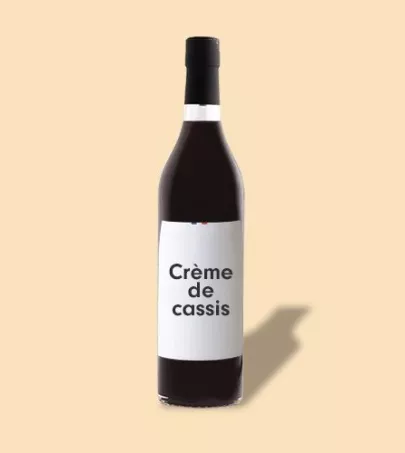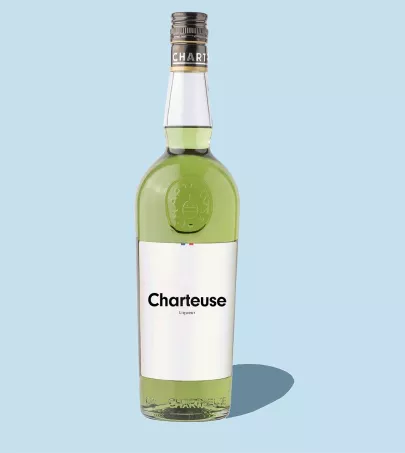
Côtes de Provence PDO
Provence-Alpes-Côte d'Azur
Wine has been produced in this appellation in southeastern France, stretching from the coast with its rocky inlets to the inland scrub, for 2,600 years. Beneath the picture postcard landscape lies an incredible variety of sub-soils, climates, and grape varieties. Which is how it produces rosés, reds and whites (albeit predominantly rosés), all bursting with sunshine.
Ce qu'il faut savoir
These vineyards are indisputably some of the oldest in France. The Phocaeans introduced grapevines when they founded Marseilles around 600 B.C. These same vines were developed by the Romans and after them, the clergy and the nobility took their turns at tending the grapes. Côtes de Provence gained AOC status in 1977, and now spans over 20,000 hectares (49,421 acres). Two types of sub-soil (chalky and crystalline) coexist within its coastal areas, hills, and mountains, as well as seven red varieties (Cinsault, Grenache, Mourvèdre, Syrah, Tibouren, Cabernet-Sauvignon and Carignan) and four whites (Clairette, Rolle, Semillon, and Ugni-Blanc). Add to that the countless micro-climates, and you get a patchwork of characteristic terroirs which make up five additional geographical denominations: Sainte-Victoire, Fréjus, La Londe, Pierrefeu and Notre-Dame des Anges. It all makes for three colors of wine and an astonishing array of aromas.
Caractéristiques
Au nez
À l'oeil
En bouche
Note de la rédaction
Comment l'utiliser
Storing Côtes de Provence
Côtes de Provence can be stored on average for 5 to 8 years.
Serving Côtes de Provence
Thanks to the extraordinary diversity of Côtes de Provence wines, there is an option for every occasion, from a quick aperitif to fine dining and summer barbecues.
Accorder avec
The whites make a wonderful complement to tuna tartar, scallop risotto, roasted apricots, etc.
The rosé works beautifully with eggplant caviar, scrambled eggs with asparagus, gravlax salmon, zucchini gratin, etc.
As for the reds, they make a superb accompaniment to lamb with an herb crust, grilled prime rib, Provençale beef stew, honey-roasted figs, etc.









